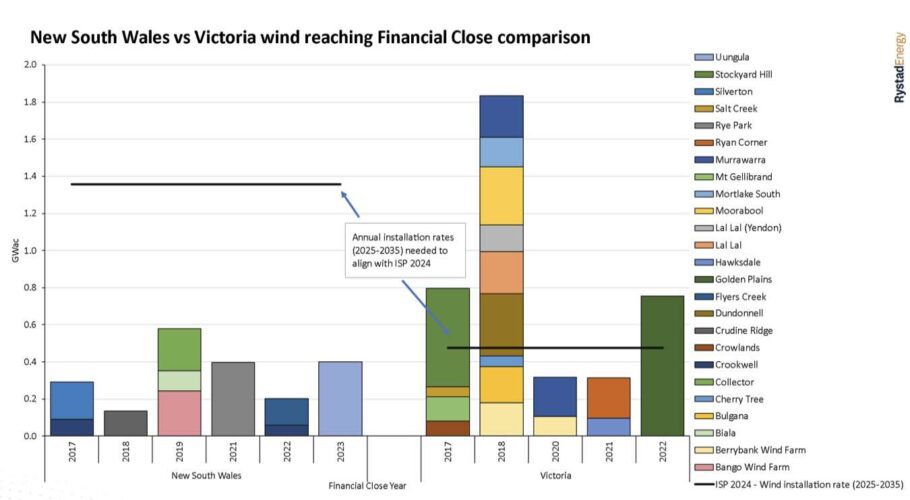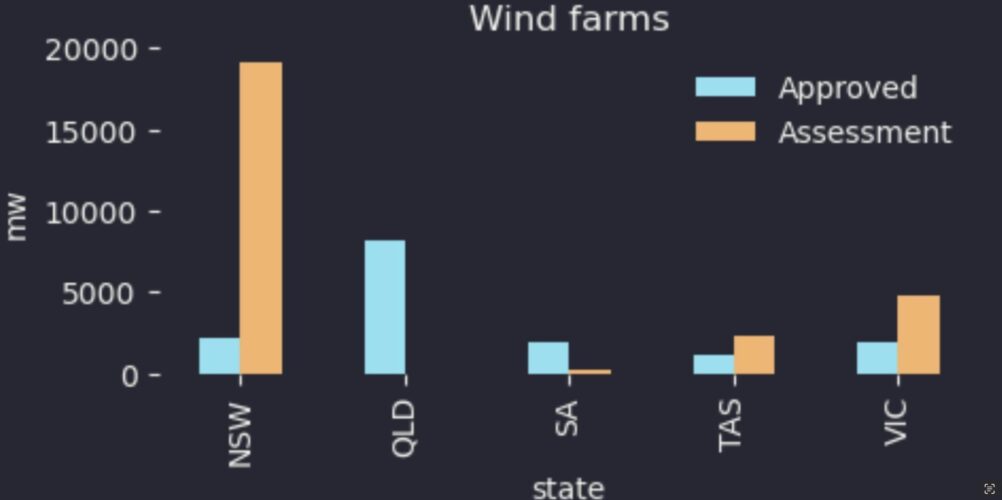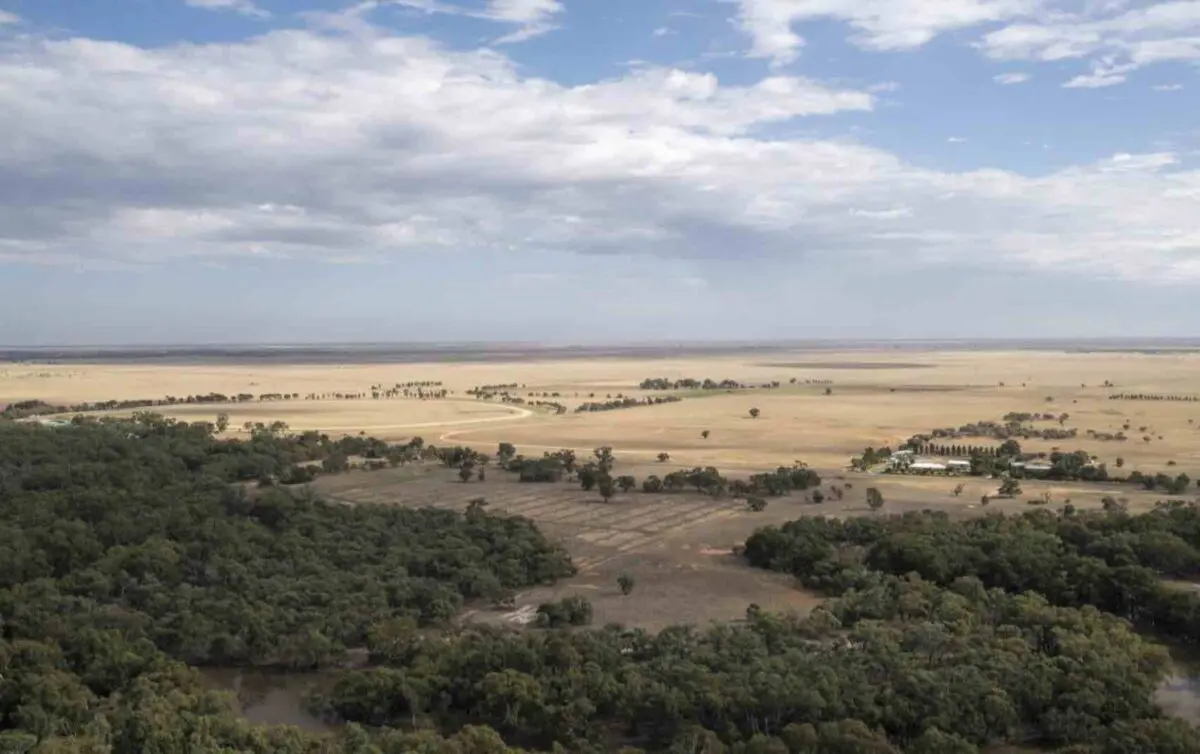NSW planning minister Paul Scully has promised to process up to nearly 50 new wind, solar and battery projects to help the country’s biggest state – and biggest grid – catch up with other states.
Scully acknowledged there had been criticism that the state had been too slow in providing approvals to new renewable projects, something that has put the state well behind others in the speed of project development.
“The New South Wales planning system has been criticized for being too slow,” Scully told the Smart Energy Council conference in Sydney on Wednesday.
” I confess, when we approved the (1.5 GW) Yanco Delta wind farm late last year, I was pretty surprised that it was the first wind farm to be approved in NSW in nearly three years.”
Scully blamed two things for the slow process: the previous Liberal government, and internal department procedures.
“The previous government left us further behind than we expected,” Scully said, before adding later that the department had made some “internal changes” to make sure there is a “dedicated set of staff who are working on these things.”
Scully repeated data released last week that said 18 renewable energy projects – three wind farms, six solar farms and nine battery storage projects) had been approved in recent times.
“We have got a further 29 projects in the planning stage with an additional 20 projects expected to be submitted to the department or the coming months. Most of these are expected to be determined this year.”
Scully insisted that the average approval time for projects was 67 days – but developers scoffed at the figure.
They said it excludes the many months, in some cases years, of negotiations and back and forth between developers and the department over project proposals, and doesn’t appear to take into account periods where projects are required to be on public display.

The industry has cited data from analysts at Rystad Energy which shows the staggering difference between wind projects in Victoria, the next biggest grid, and NSW, over the last few years. The black lines above show the comparison with what’s needed to meet the country’s renewable energy targets.
“First and foremost, we have to make sure that we get projects approved in a timely manor,” Simon Corbell, the head of the Clean Energy Investor’s Group, told the same conference. “We need to get timely access to the grid and we need to get a timely assessment and approval of projects.
“One of the most common things we hear from our members at the moment is the amount of time it takes to get a planning approval or to get an environment impact approval for projects in Australia.
“And it does vary from jurisdiction to jursidiction. I guess the good news is that … land use planning approvals in Queensland are extremely timely.
“But what doesn’t happen as effectively Queensland, and this is the case in other parts of Australia, is that environmental approvals are taking many, many years for projects to proceed through.”

This graph above, provided by ITK principal and Energy Insiders podcast co-host David Leitch, sourced from data from Renewmap, shows the sheer scale of projects waiting approval in NSW.
The industry is also concerned about key aspects of new planning guidelines in NSW that are currently out for consultation, particularly those that force setbacks on projects, even from buildings that might be built some time in the future.
“We’ve … had over 400 submissions to (the new planning guidelines) that are from industry and from the community, some supportive of this approach some against that approach, as you’d appreciate,” Scully said.
“So we’re working through that and we hope to have some more sensible things to say about this approach later this year. I don’t want planning to be the impediment. It doesn’t mean bad projects will be approved, just that we can get the good ones out quicker.”
Scully also finds himself in the firing line because he the local member for the Illawarra district, where local opposition is growing to the proposed offshore wind zone, put forward by both the state and federal governments.
“The question about dealing with the social licence aspect is an interesting one, We’ve had a coalition of groups that seem to have had some people’s political motivations in there, not just about energy.
“It’s been dialled down a bit …. there are still genuine concerns. It’s a coastal community that really values its shoreline, even though we see a lot of ships passing all the time and federal member has put forward some sensible suggestions to try and address them.”
Scully insisted that he had bought into the idea of the transition from fossil fuels to renewables, and the opportunities for the state in become a clean energy exporter.
“I don’t think people many people truly appreciate the amount of work that goes into literally keeping the lights on.
“So we have to work as fast as possible to deliver the … promise of a renewable energy future. We know that climate change is real and the transitioning to renewable energy is one of the best weapons we have to address it.
“New South Wales has the potential to be an exporter of renewable energy both to other states and to other countries. over decades, we’ve built strong relationships with countries that were relied on for our coal exports for years to power their economies.”
Scully confirmed that the new state energy corporation, which will help investment in long duration storage such as pumped hydro, should be created later this year, and also announced new rules that will streamline the planning process for stand alone power systems, and “medium” side batteries, which he described as being more than 20 kWh.










